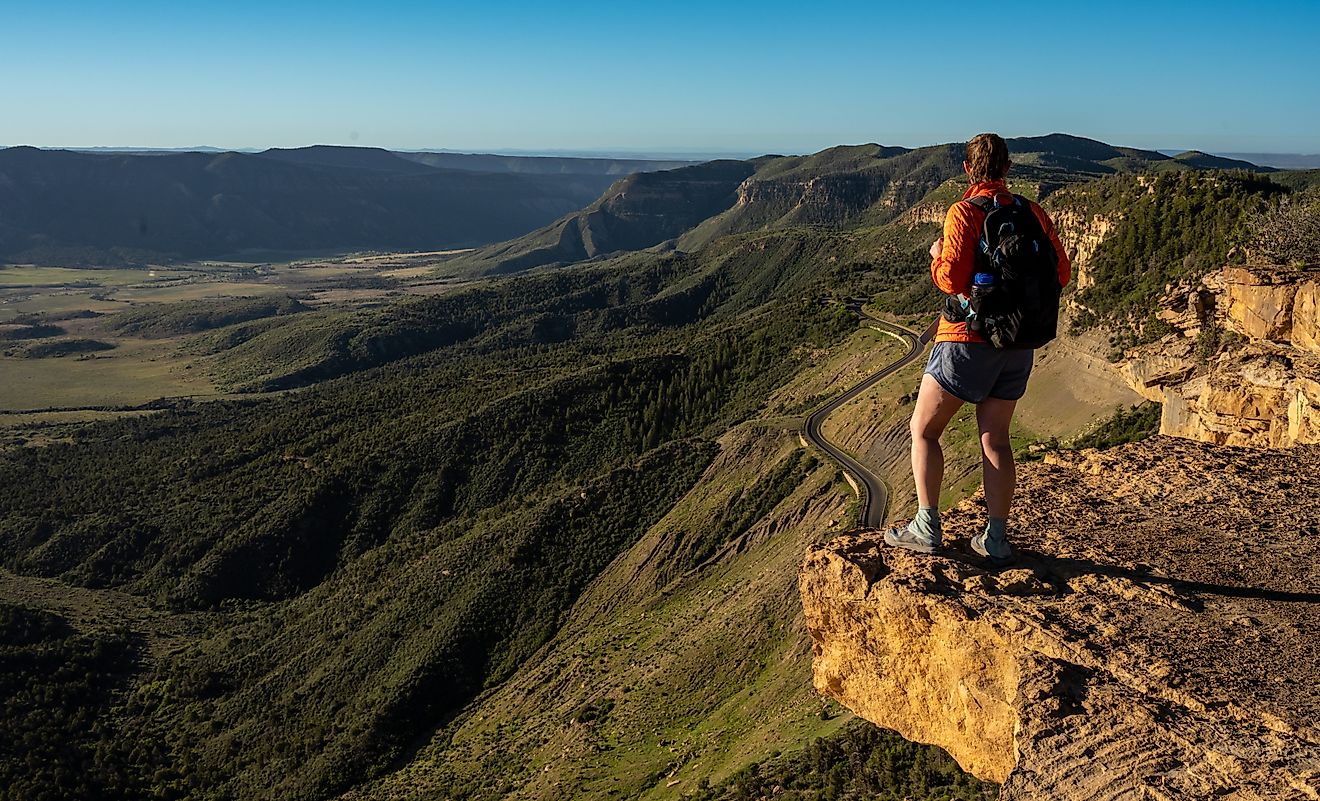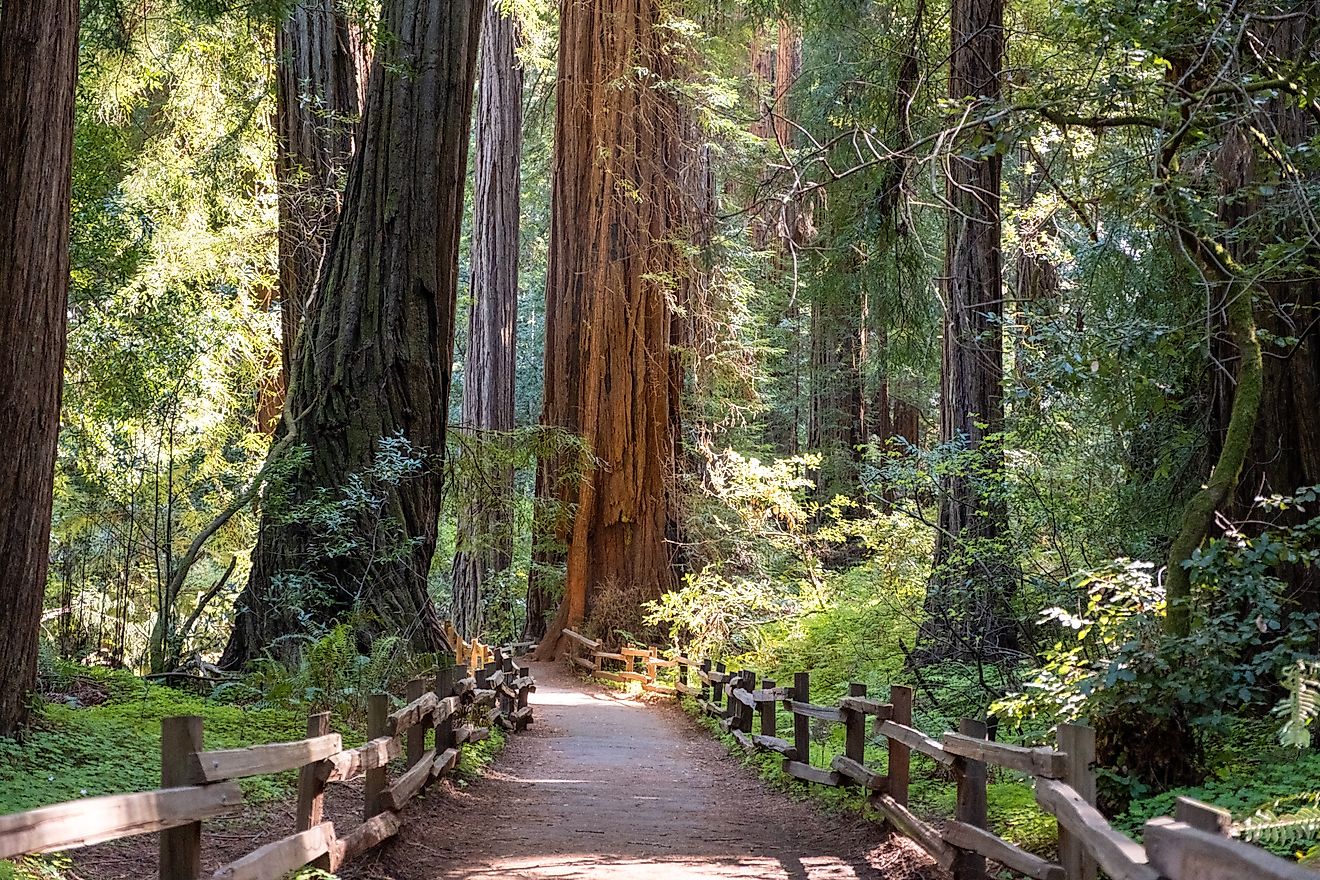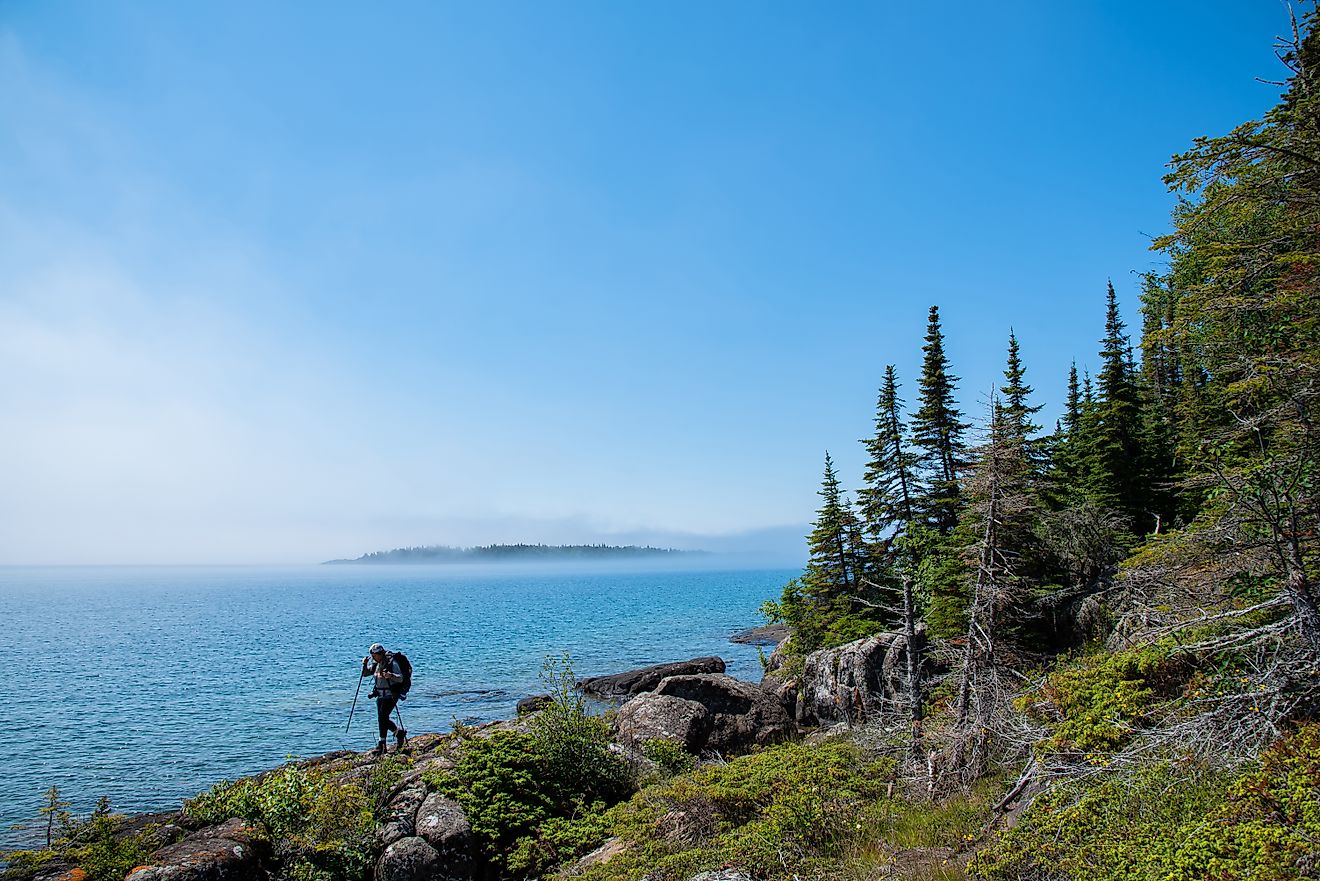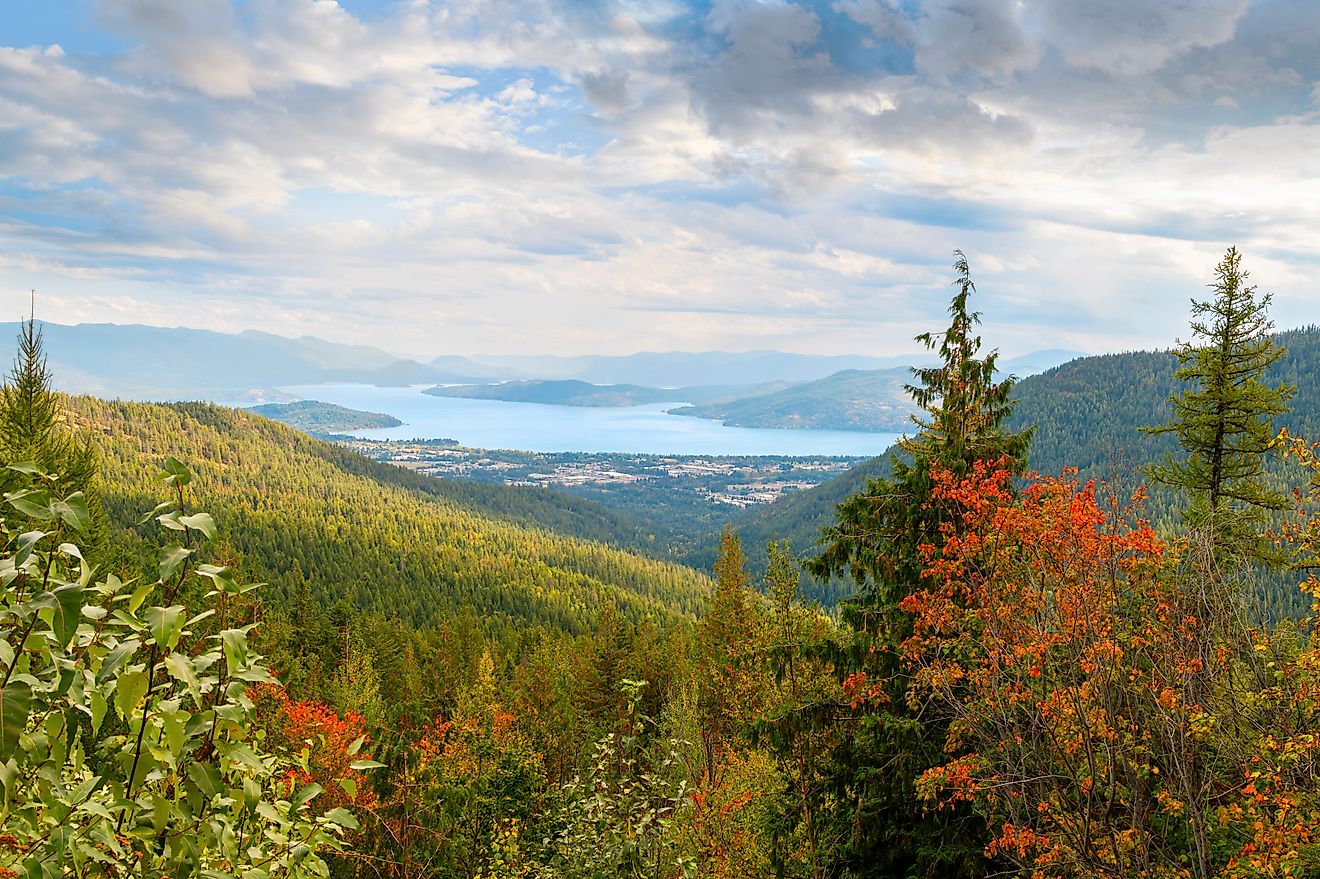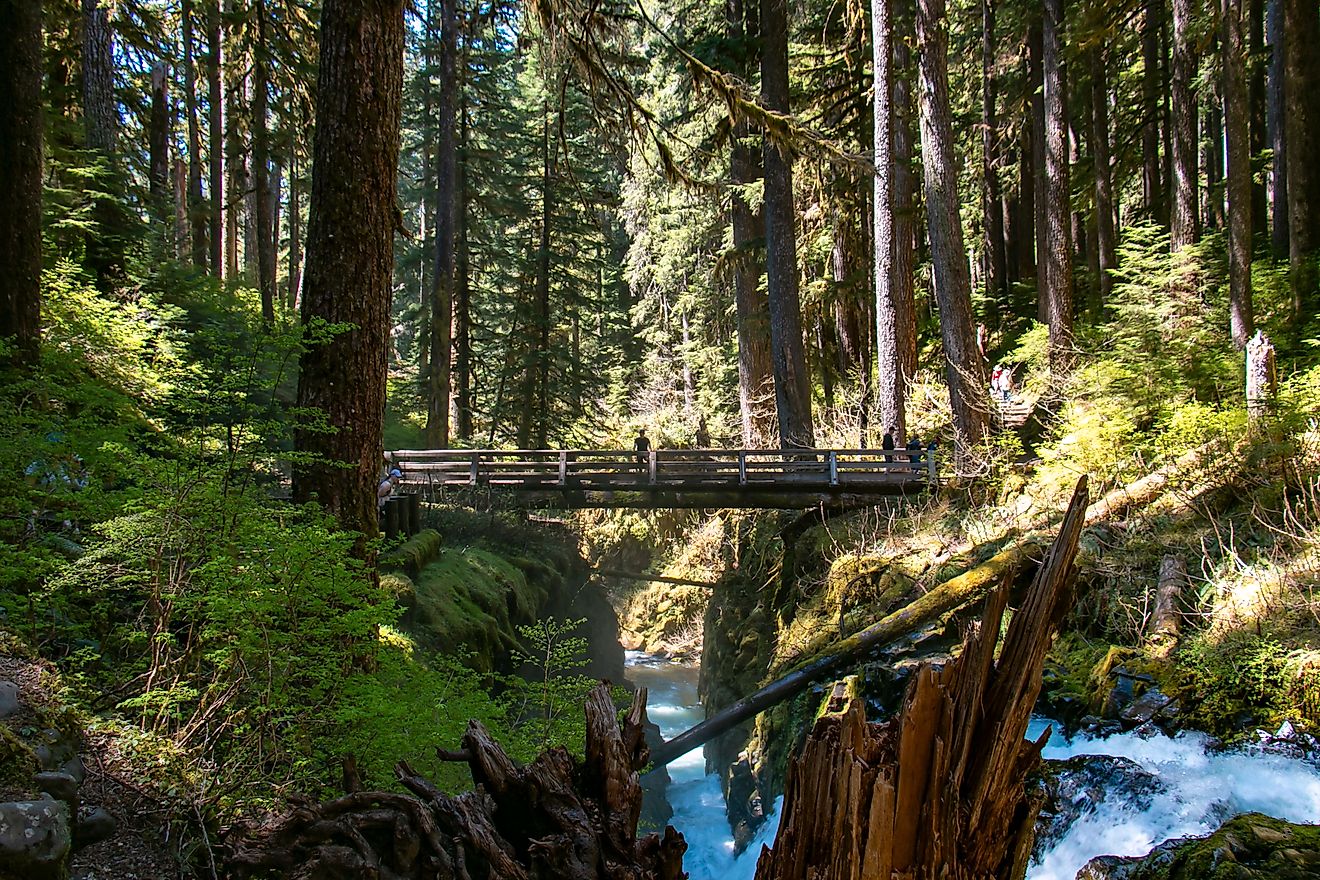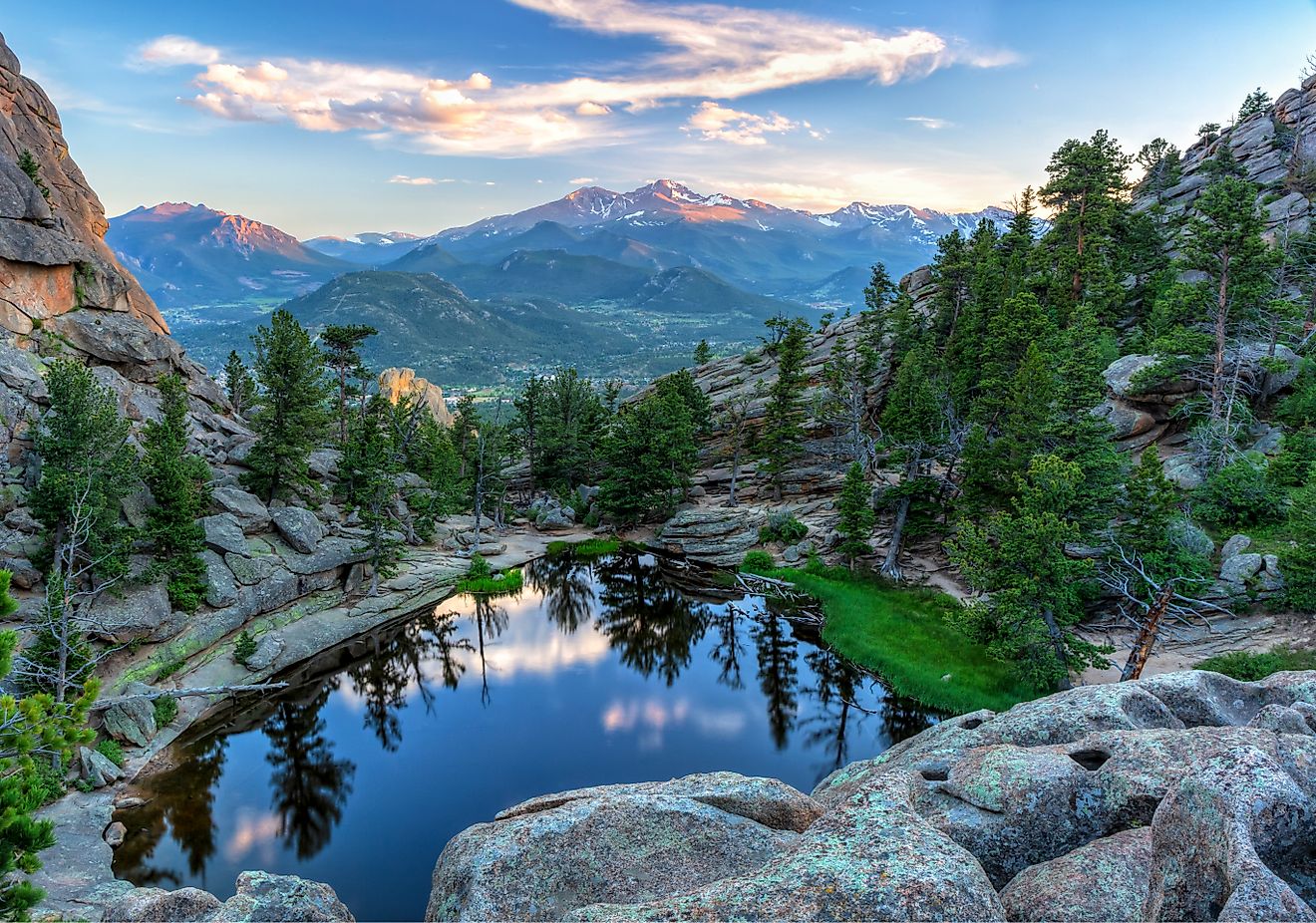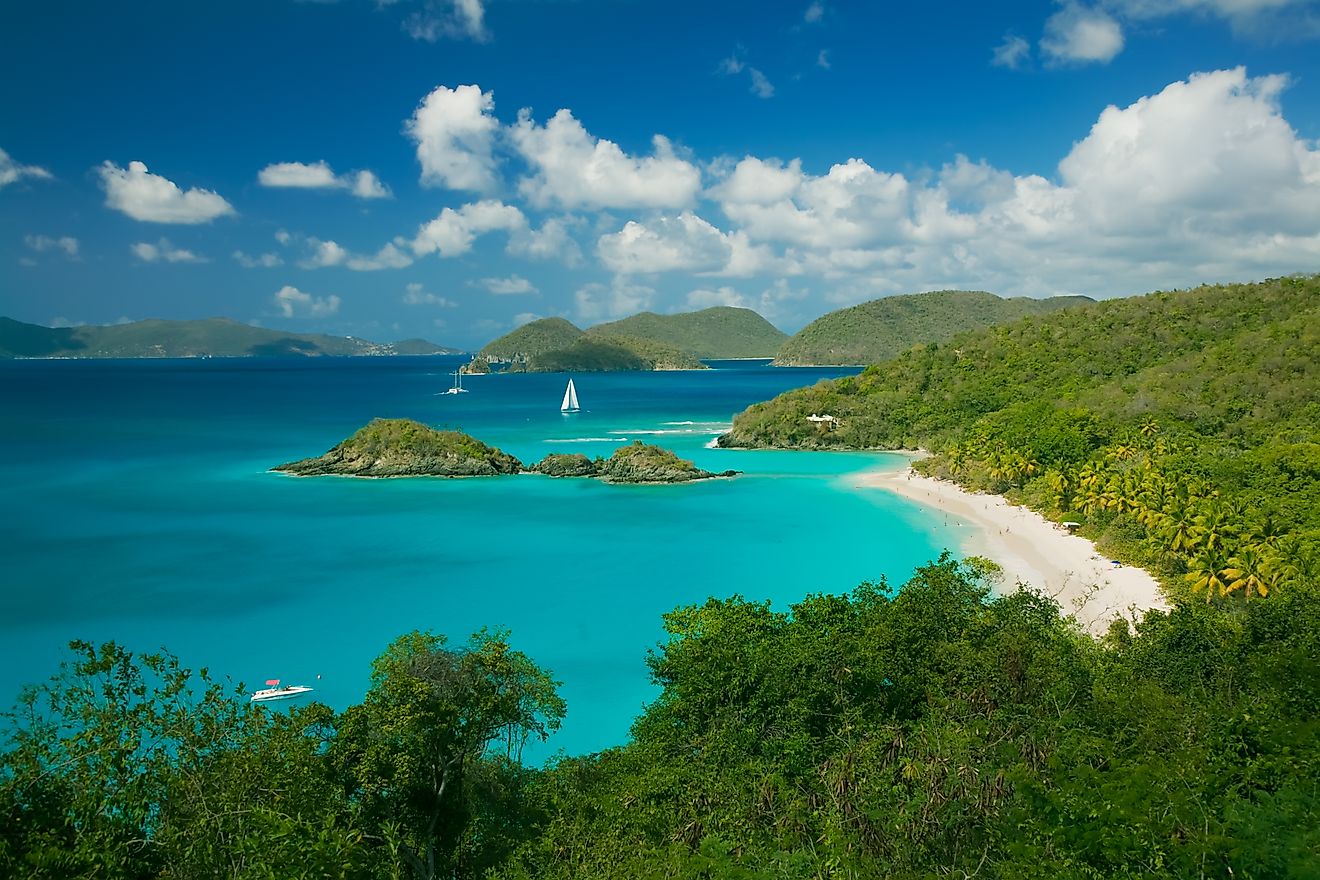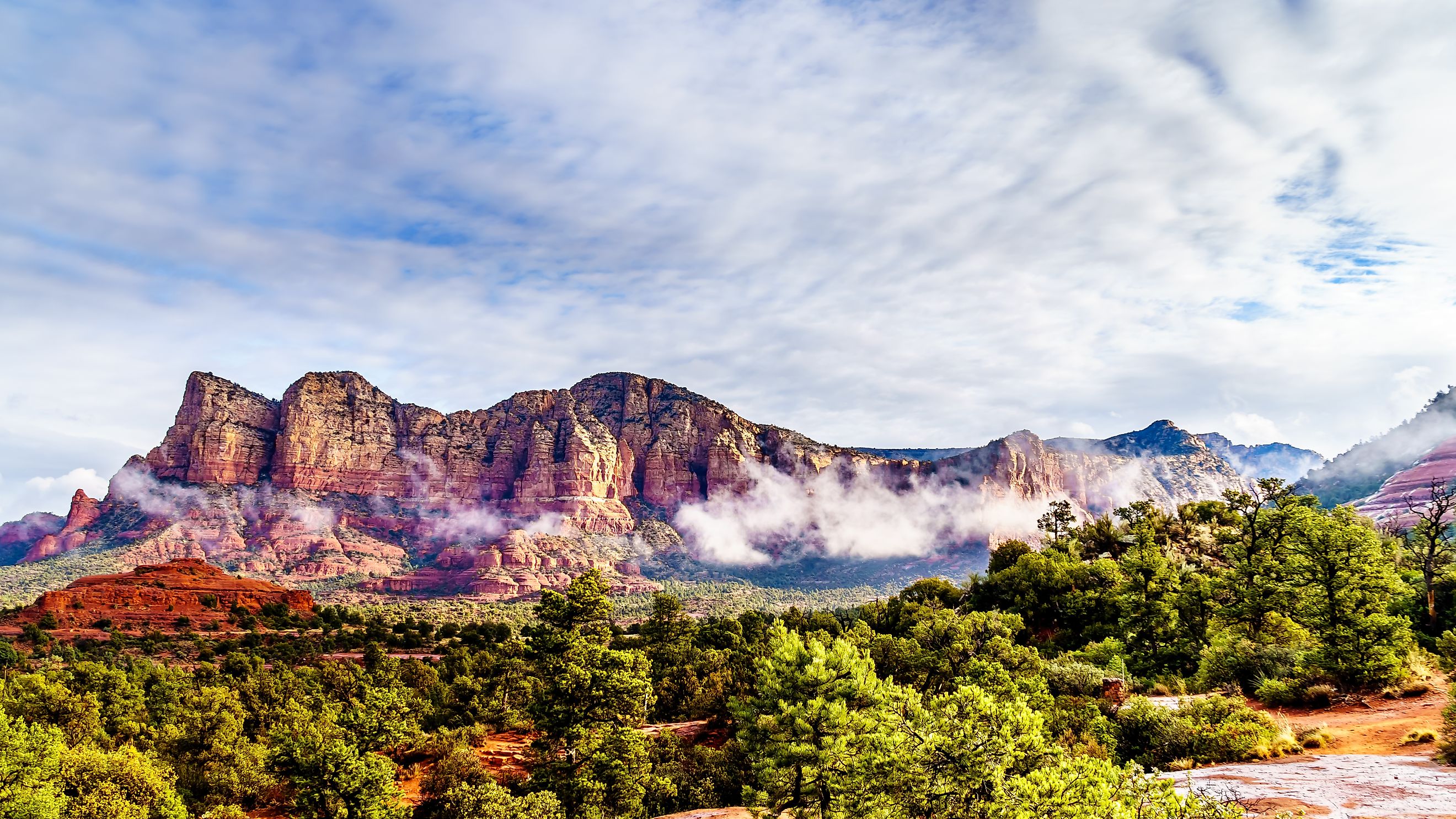
Coconino National Forest
Few landscapes in America pack as much variety as the Coconino National Forest in northern Arizona. Stretching across nearly 1.9 million acres, it is a place where red rock canyons meet alpine tundra, and cactus-studded deserts give way to snowcapped peaks. One moment you might be hiking beneath towering ponderosa pines near Flagstaff, the next you could be gazing up at Sedona’s world-famous sandstone cliffs glowing at sunset.
Coconino is more than just a forest. It is a living museum of geology, ecology, and history, and one of the most visited national forests in the United States. Each year, more than five million people explore its lakes, trails, and scenic overlooks. But what makes this forest so remarkable is not just its size, but the sheer diversity of experiences packed within its borders.
A Forest Born from Fire and History
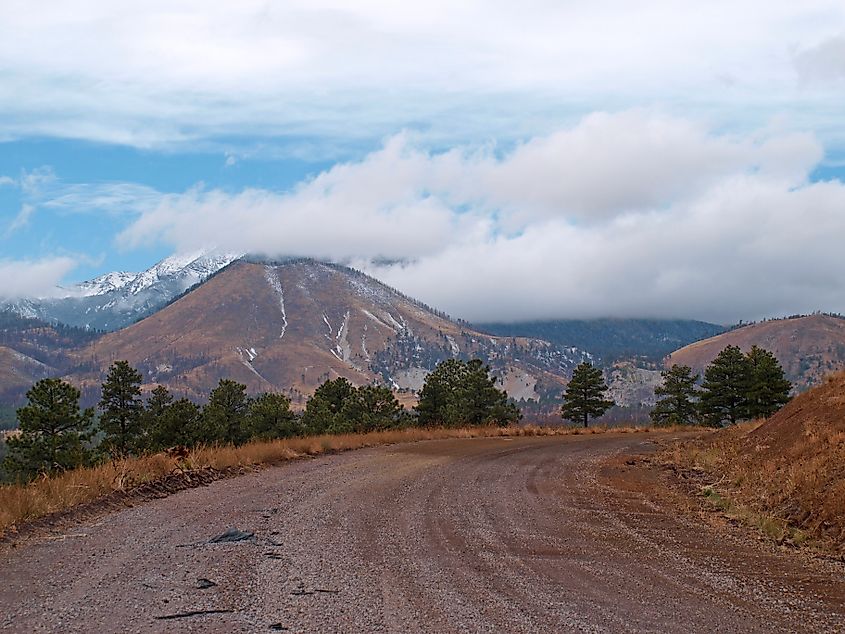
The story of Coconino National Forest begins in the late 1800s, when Americans began recognizing the need to preserve large swaths of land. In 1898, President William McKinley created the San Francisco Mountain Forest Reserve to protect the volcanic peaks north of Flagstaff. At the time, locals were skeptical. Newspapers in the region criticized the move, claiming it restricted use of valuable land.
But by 1908, President Theodore Roosevelt merged this reserve with several others, officially establishing the Coconino National Forest. Named after the Hopi word “Coconino,” used to describe neighboring tribes, the forest became a cornerstone of the newly formed U.S. Forest Service.
Over the decades, Coconino grew into a vital recreational space while balancing its role in timber management, wildlife protection, and wildfire prevention. Today, it remains a symbol of Roosevelt’s conservation legacy and a reminder of how landscapes once contested became cherished.
Geography That Stretches from Desert to Alpine
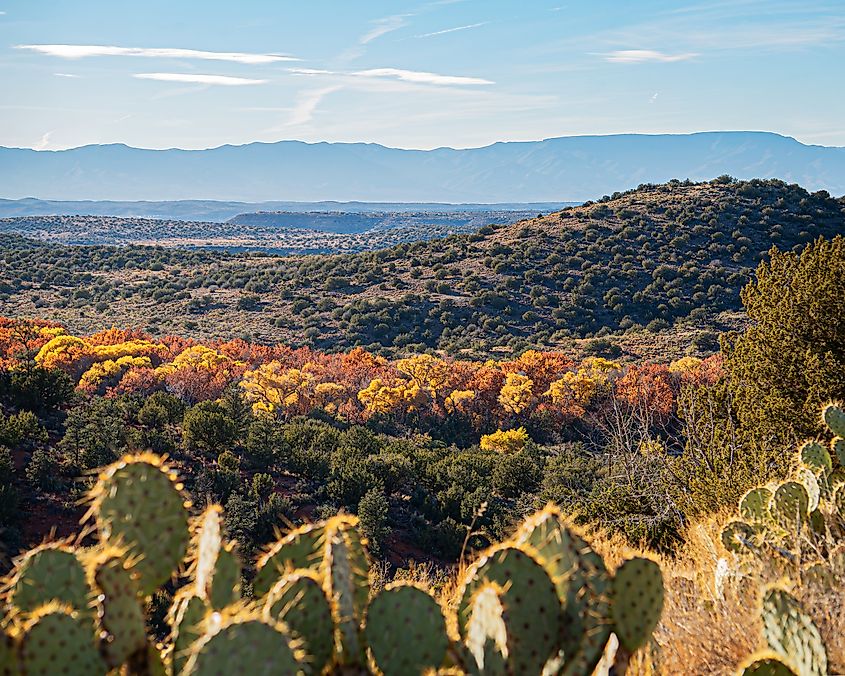
Few places in the United States feature such dramatic elevation changes. Coconino rises from just 2,600 feet in the Verde Valley to 12,633 feet at Humphreys Peak, Arizona’s highest point. That means in a single forest you can encounter desert scrub, juniper woodlands, ponderosa pine forests, alpine meadows, and even tundra above the tree line.
-
Lowest point: 2,600 feet near the Verde River
-
Highest point: 12,633 feet at Humphreys Peak
-
Average plateau elevation: about 7,000 feet
The Mogollon Rim marks the southern boundary, a 400-mile escarpment that forms the edge of the Colorado Plateau. From this dramatic cliffside, views stretch across central Arizona, and the land tumbles into deep canyons and pine-filled valleys.
Coconino’s landscapes are also shaped by fire and volcanoes. The San Francisco Volcanic Field, with over 600 volcanic features, dominates the Flagstaff area. Here, visitors find lava flows, cinder cones, and the Lava River Cave, a mile-long lava tube perfect for explorers.
Three Districts, Three Distinct Worlds
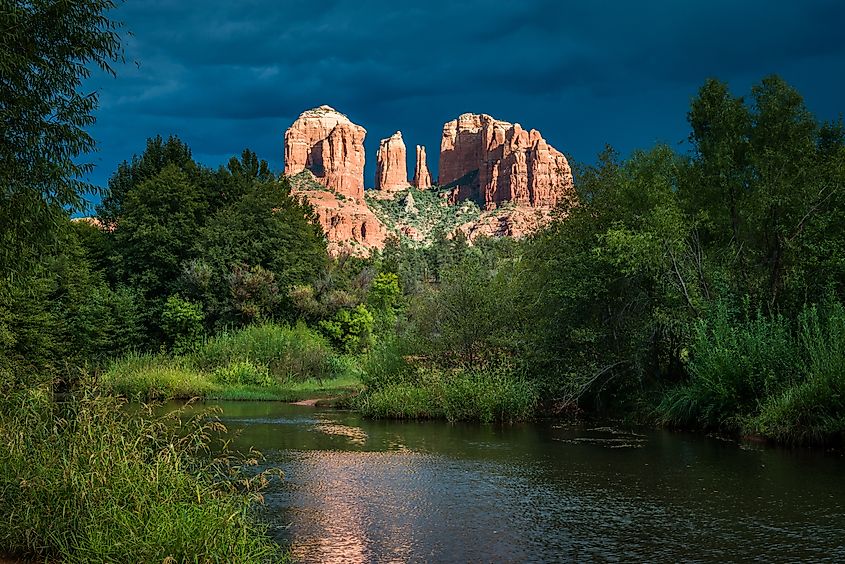
Coconino is divided into three ranger districts, each offering its own flavor of adventure.
Flagstaff Ranger District
Centered on the San Francisco Peaks, this district is home to Humphreys Peak and several other volcanic summits. Hikers flock to the Inner Basin, where alpine meadows burst into wildflowers in summer. The district also includes Mormon Lake, the largest natural lake in Arizona, and two reservoirs, Upper and Lower Lake Mary.
Nearby, Walnut Canyon National Monument showcases ancient cliff dwellings, while Sunset Crater Volcano National Monument preserves Arizona’s youngest volcano. Together, these sites make the Flagstaff District a paradise for geology buffs and history lovers.
Red Rock Ranger District
If you have seen a postcard of Sedona’s glowing red buttes, you have glimpsed this district. Famous for Cathedral Rock and Bell Rock, it is a landscape that has inspired artists, hikers, and spiritual seekers. Oak Creek Canyon, a deep gorge lined with leafy sycamores and cottonwoods, is one of the most popular day-trip destinations in Arizona.
This area is also home to Sycamore Canyon, the second-largest canyon in the state after the Grand Canyon. While Sedona is bustling with visitors, quieter trails lead into wilderness areas where red cliffs tower over secluded streams.
Mogollon Rim Ranger District
Stretching along the Mogollon Rim, this district offers cooler temperatures, thick forests, and scattered lakes. It is a favorite for camping, fishing, and stargazing. The Rim’s dramatic drop-off creates some of the most expansive views in Arizona. Here, visitors can wander through ponderosa pines by day and enjoy crystal-clear skies at night, thanks to minimal light pollution.
Wilderness Areas Worth Exploring
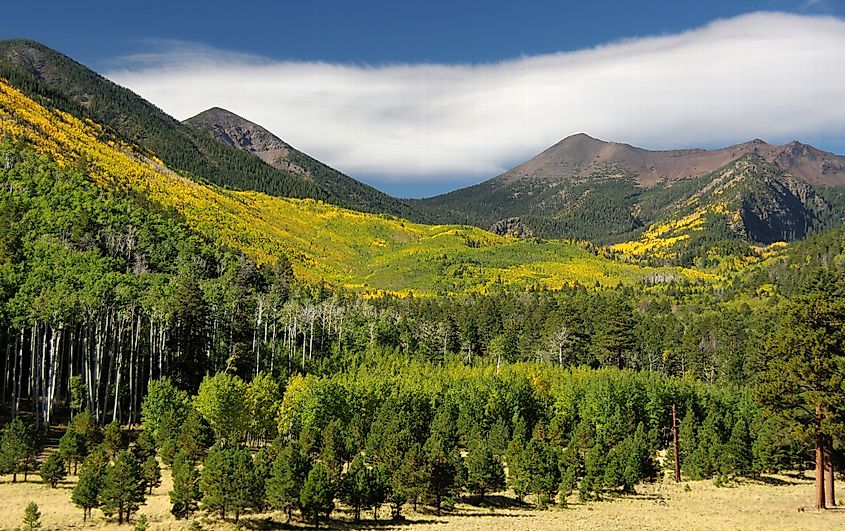
Coconino National Forest is home to all or parts of 10 federally designated wilderness areas. These regions are protected to remain wild and undeveloped, giving visitors a glimpse of untouched Arizona.
-
Kachina Peaks Wilderness: Home to Humphreys Peak and alpine tundra.
-
Red Rock-Secret Mountain Wilderness: Stunning sandstone cliffs and deep canyons near Sedona.
-
Sycamore Canyon Wilderness: Rugged, remote canyon country.
-
Fossil Springs Wilderness: Crystal-clear springs and lush riparian areas.
-
Munds Mountain Wilderness: Scenic red rock mesas with fewer crowds.
Each wilderness offers a different type of experience, from high-elevation hikes to canyon explorations.
Flora and Fauna Across Elevations
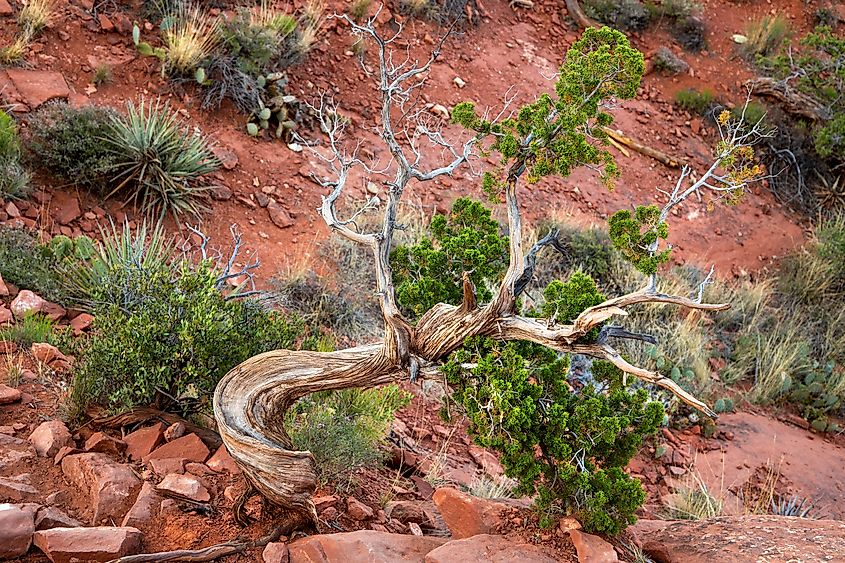
Because of its vast elevation range, Coconino is a living classroom of ecosystems.
-
Lower elevations (around Sedona): Juniper woodlands, prickly pear cactus, agave, and yucca dominate.
-
Mid elevations (6,500-8,000 feet): This is the heart of the ponderosa pine forest, the largest of its kind in North America. Gambel oak, quaking aspen, and manzanita add diversity.
-
High elevations (above 10,000 feet): Alpine conifers such as spruce and fir thrive, while above 11,000 feet, tundra plants cling to survival in harsh winds.
Wildlife ranges from elk and black bears in the forests to coyotes and bobcats in desert areas. Birders flock to spot red-tailed hawks, peregrine falcons, and colorful mountain bluebirds.
The Fire Challenge
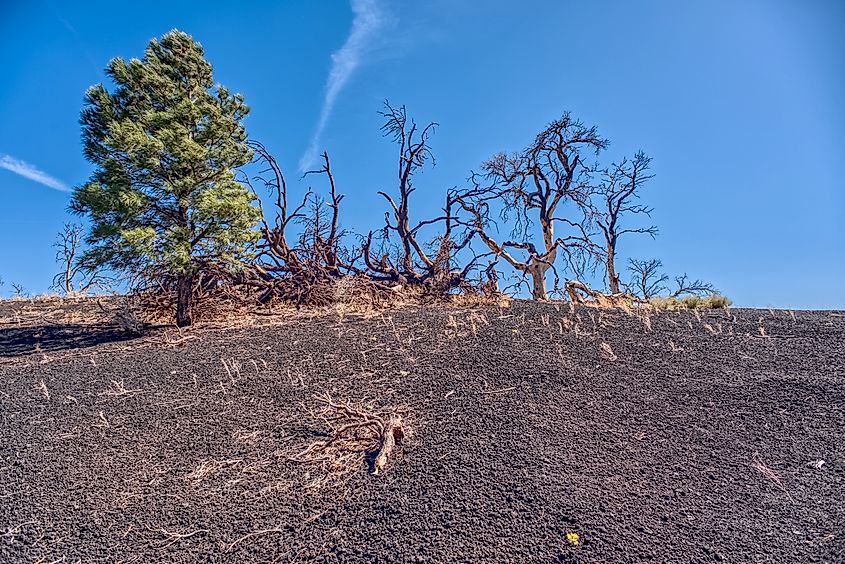
Like much of the Southwest, wildfire is one of the forest’s greatest threats. Dry springs, strong winds, and summer heat create dangerous fire conditions, especially from May to July. Communities like Flagstaff and Sedona are surrounded by forest, making wildfire prevention critical.
To reduce risks, the Forest Service uses prescribed burns and thinning projects to manage vegetation. While smoke from these controlled fires can impact nearby towns, the practice helps protect both wildlife habitats and human communities from catastrophic blazes.
Recreation: A Year-Round Playground
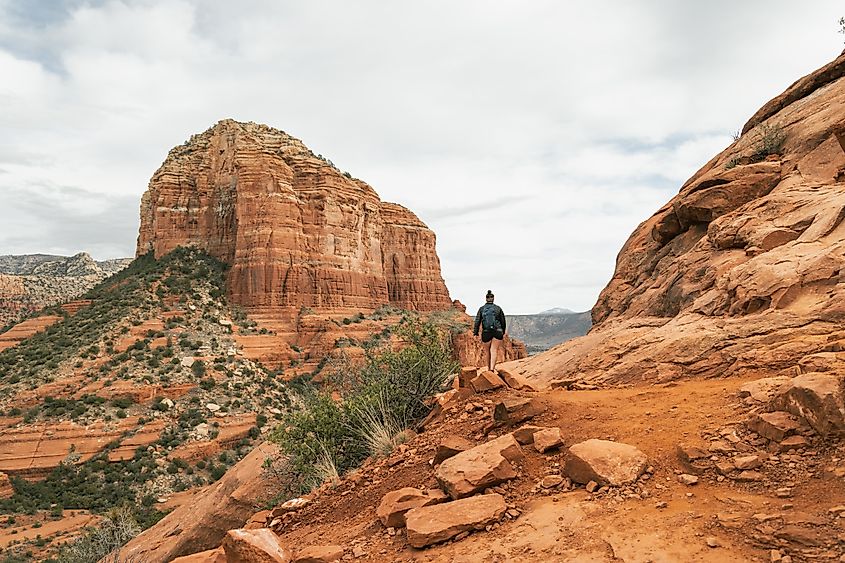
Coconino National Forest attracts adventurers of every kind.
-
Hiking: Trails range from easy strolls through Oak Creek Canyon to strenuous climbs up Humphreys Peak.
-
Camping: With 24 developed campgrounds and countless dispersed sites, campers can choose between lakeside retreats and backcountry solitude.
-
Fishing and boating: Mormon Lake, Ashurst Lake, and Upper Lake Mary are popular with anglers and paddlers.
-
Winter sports: In snowy months, the Arizona Snowbowl near Flagstaff offers skiing and snowboarding.
-
Stargazing: Flagstaff is the world’s first International Dark Sky City, and the surrounding forest offers unmatched celestial views.
Quick Facts About Coconino National Forest
| Feature | Detail |
|---|---|
| Size | 1.856 million acres |
| Districts | 3 |
| Designated Wilderness Areas | 10 |
| Highest Point | Humphreys Peak, 12,633 feet |
| Lowest Point | 2,600 feet near Verde River |
| Campgrounds | 24 developed sites |
| Trails | 161 trails totaling 693 miles |
| Annual Visitors | ~5.5 million |
